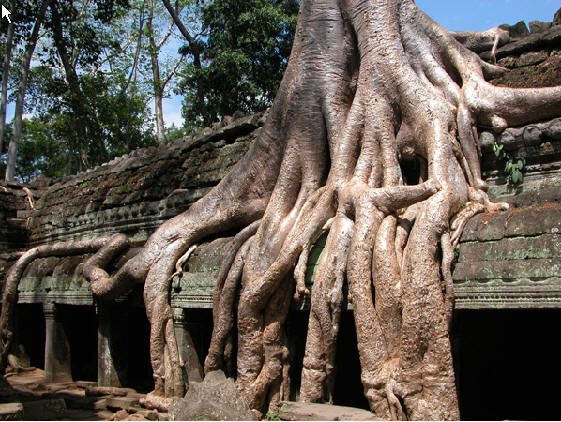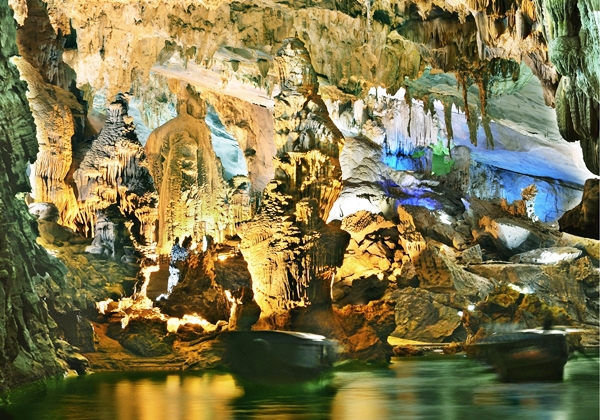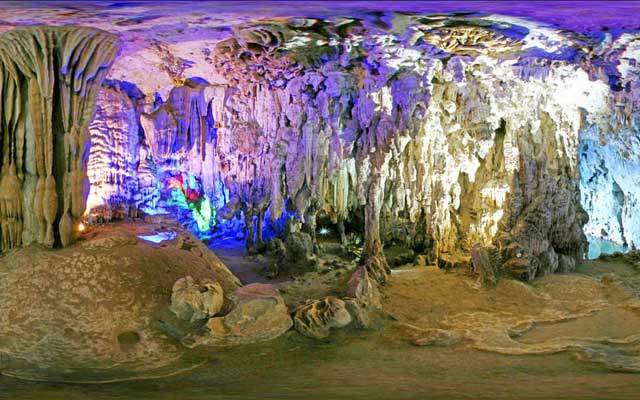Liuxi River National Forest Park is the ten National Forest Park model units, the first batch of national is approved by the Ministry of forestry established ten forest park. It is located in Guangzhou City north-east, 93 km from Guangzhou, convenient traffic. Park a total area of 8813 hectares, including 1146 hectares in area, storage capacity of 360000000 cubic meters, a depth of about 70 meters, 70- residents of drinking water in Guangzhou City, so the Liuxi River, also known as the mother river of Guangzhou. Here is located Subtropical , mild climate, abundant rainfall, abundant resources, species number. The annual average temperature of 20.3 ℃, the average maximum temperature of 31.9 ℃, the average minimum temperature of 11.8 ℃. Welcome to Guangdong for Canton Fair, you could go to Liuxi River National Forest Park for a nature journey. HRC is pleased to offer great service to build a unique China tour for you.
As a natural tourist attraction mainly consisting of lakes and hills, it is an ecological park, integrating natural scenery, historical sites, forest ecocnviromment and convalescent functions twcnly-two jadcite islands are scattered over the lake, hence the name the jadcilc Archipelago. In the southeast of the park six mountains rise 1,000 meters above sea level, of which hzhen Peak is the highest, with an elevation of 1,146.7 meters.
Park has a villa luxury villa, the western high profile guest room, restaurant, conference rooms of different sizes, Wu Song and dance halls, shopping malls and spring swimming pool and other facilities. A water recreation, and monkey fun, paintball field, ethnic customs Park, Peacock Garden, view of Deer Park 10 amusement projects, establishment of flow Creek Hornsey, stream rainbow, rare botanical garden and so on 12 human landscape, open the three Ya Tang Valley, small river, emerald islands 13 natural landscape. Production flow Creek tea, plum, winter a variety of native products.

In the park center, Liuxi Lake is encircled by hopping mountains. The lake is over 20,000 mus and features 22 islands in different shapes. Liuxi Lake is 15 square kilometers in area and over 100 meters at its deepest spot. The jade-like islands, surrounded by hopping maintains, are penetrating the water surface, which gives the water reservoir amazing charms. In the southeast of the park, 6 peaks over 1000m high, such as Wuzhi Mountain, Niujiao Mountain and Jichen Mountain (1146.7m, the highest peak in the park), etc, are standing like the guards. For the most time of the year, the mountains are green and tranquil; in the winter time, the park puts on its white dress like a merry bride. The tea gardens, singing streams and lakeshore bamboos make a harmonious picturesque landscape.
Liuxihe National Forest Park is an ecological park with natural landscape, humanistic sights and forestry health care in one park. The architectures in the park have various styles as the Italian style, the Chinese court style and the family style. There are 7 meeting rooms and 1 disco-dancing hall in the park. All of the architectures are built close to mountains and waters, which will show great natural sights when you are dining. The corridors, stone bridges, porches, alcoves and pagoda booths in various styles are built in the lakeside islands.




































